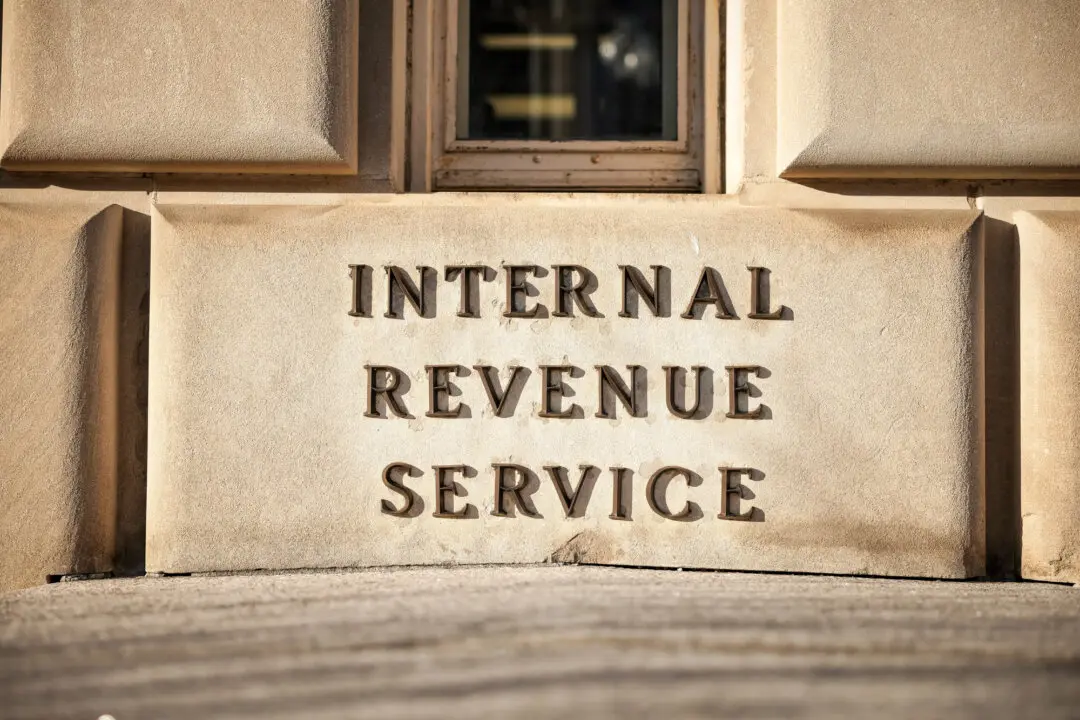Private sector employment in the United States rose by 374,000 in August, sharply undershooting consensus expectations of 613,000, according to Sept. 1 payroll data from the Automatic Data Processing (ADP) Research Institute.
While differences in methodology mean there’s a weak correlation between ADP employment data and the Labor Department’s closely watched nonfarm payrolls report, due Sept. 3, the release of ADP data can move markets as investors look to it as a gauge of labor market strength.





